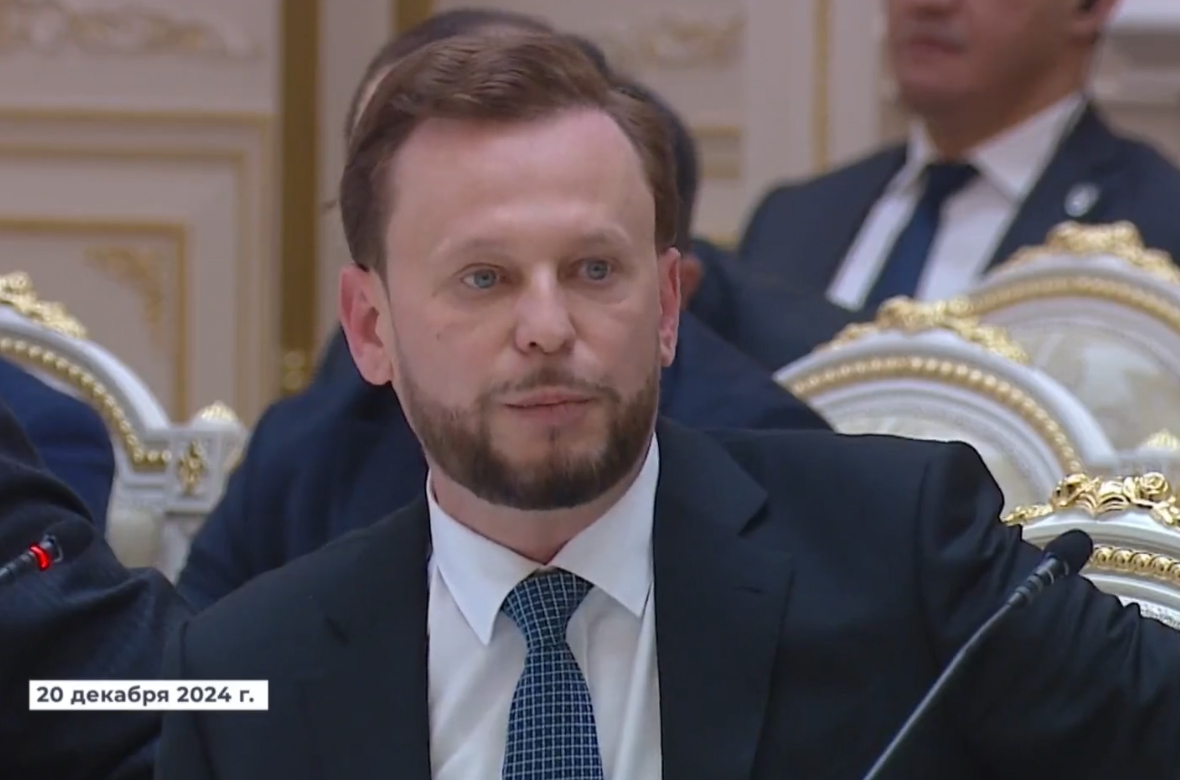This article is also available in:
Русский (Russian)
Uzbek
The introduction of restrictions at gas stations has predictably led not only to hours-long queues during the limited operating hours but also to a new wave of chaos on Tashkent’s roads. Added to this is the increased demand for the so-called “popular gasoline” AI-80, which, however, is sought after only at stations where it is sold at the government price of 6,900 UZS. On private stations, where the price per liter is around 8,500 UZS, this type of fuel sees little enthusiasm from drivers due to the cost.
Fuel Stations or Traffic Traps?
The biggest issue is that many fuel stations, particularly gas stations, are located along Tashkent’s ring road. Drivers eager to refuel line up in massive queues, taking up three or sometimes four lanes of traffic, leaving only one lane for movement. This creates massive traffic jams that paralyze the city’s main roads.
Try, for instance, driving near the Uchkhakhramon roundabout—you’ll immediately see the problem. Drivers stand in chaotic queues, blocking traffic, and there are dozens of similar locations across the city.
Why Do Authorities Ignore the Obvious?
If limits were to be introduced at gas stations, why wasn’t basic order ensured? Clearly, drivers in such situations cannot organize traffic flow themselves. Would it really be so hard to assign traffic police to the busiest stations to regulate the flow and prevent chaos?
Instead, the entire burden of the problem is shifted onto drivers. Those waiting in line for fuel endure significant inconvenience, while others simply trying to get through the city are stuck in traffic due to the lack of regulation.
Unfair Pricing
Another sore point is the price. Drivers who can only afford AI-80 at the government rate are forced to search for stations selling it at 6,900 UZS. On private stations, where the price is 1,500–2,000 UZS higher, this gasoline becomes an unaffordable luxury for the “popular” consumer.
As a result, the most vulnerable segments of society—those driving budget vehicles and trying to save—suffer the most. Why don’t the authorities consider the needs of these people when implementing restrictions?
What Needs to Change?
- Ensure Order: Traffic police should be stationed at every busy gas station to regulate traffic and prevent jams.
- Reevaluate Restriction Systems: If limits are imposed, queues should be organized in advance, or dedicated lanes for gas station access should be created.
- Reduce Price Gaps: The difference between government prices and private station prices should be minimized to avoid social tensions.
Introducing restrictions is always a challenge, but this process can and should be managed wisely. For now, the authorities are leaving drivers to face the issues alone, creating chaos not only at fuel stations but also on the city’s roads. It’s time to stop experimenting and start addressing the problem systematically.
The article may contain inaccuracies as it is translated by AI. For more details, please refer to the Russian version of the article. If you notice any inaccuracies, you can send corrections via the Telegram bot: Uzvaibik_bot.











